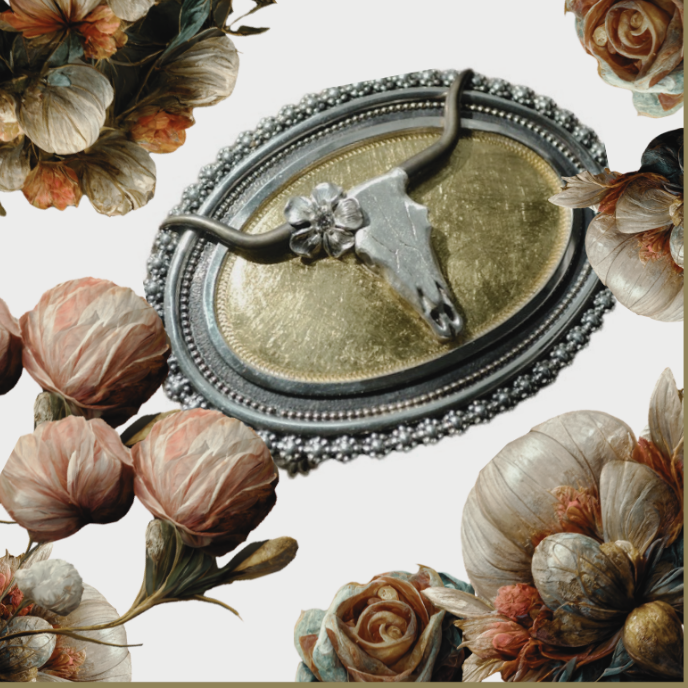
ART AND GOLD: A Legacy of Prestige and Beauty

The Perception of Gold
Heavily referenced throughout the Bible as a descriptor for earthly and heavenly treasures, gold evokes powerful emotions across cultures and continents. Universally understood as a symbol of wealth and riches, the adornment of gold applied as even the tiniest of detail, and sometimes to the most familiar of objects, has the ability to elevate the perceived status of a subject from common to brilliant. When placed in conjunction with artistic detail there is an implied statement of the subject possessing elevated importance.
The Suggestion of Status
History traces the use of hand-applied gold leaf by artisans to ancient Egypt. Production en masse as an embellishment was not cultivated within contemporary Western culture until the late 18th century when the printing industry introduced the process of hot foil stamping. Early adoption in commerce was borne out of necessity to acquire the spending dollars of a growing aspirational consumer base, specifically in the heavily saturated cigar and perfume industries. Companies began to use visually appealing packaging for their brands to capture attention in crowded merchandising spaces while simultaneously adding a premium perception. Rapidly, this premium branding strategy extended to other industries, including chocolate and confectionery, book covers, stationery, alcohol and spirits, medicine, and apothecary goods. Far from a passing trend, gold remains a powerful visual marketing tool, universally associated with status and luxury.

Art Emerging From Industry
The quality of design that emerged in conjunction with gold foil stamping using lithography has in some instances elevated the imagery to become both noteworthy and accessible pieces of art. Labels and advertisements were crafted with intricate imagery, evoking themes of status, personal affinity, historical significance, and geographic identity. These designs were highly effective in connecting with consumers on an emotional level at the point of sale, making them memorable beyond their original function. Ornate cigar boxes were repurposed into decorative storage containers, and heavily gilded theater posters became framed wall art, treasured for their craftsmanship. More than a century later, these embellished originals are appreciated as personal treasures, collected both individually and as part of curated collections. Even the slightest touch of gold adds an element of prestige, making each item a luxurious keepsake.
Did You Know? 💡
The rise of lithography revolutionized the art world, offering new professional opportunities for artists. However, mass production necessitated an extensive coterie of personnel and infrastructure and many artists remained anonymous, as credit was typically given to printing houses rather than individuals. Despite this, a few artists managed to break through and gain recognition.
One such artist is Alphonse Mucho, who is directly credited for his massive influence to the development and subsequent popularity of the art nouveau movement. This contribution was possible because of the exposure in composition of design using commercial lithography. In addition to a legacy of progress within the expression of visual arts, Mr. Mucho’s individual pieces remain highly sought after. Of particular note and familiarity are the intricately designed gold-gilded theater posters featuring the legendary French stage actress of his time, Sarah Bernhardt.

(1) Chat GPT, sourced March 2025
Also in Craft and Heritage

A STEWARD of LEGACIES

From the Archives

